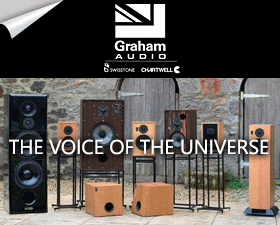Well, it does that because those are the only data points I manually extracted from your graph. If you gave me all the data points, my graph would show variations too. Here is your graph:No. Your graph shows linear distortion between the points.

If you took just the solid vertical axis data points I used, you would also show an exponential drop off from high frequency to low.
Your graph is broken thereOur graph shows, for instance, no measurable distortion at 500Hz.
The smoothing occurs because of the way you presented the data. In your case, your distortion graph does not take into account the fact that the level produced by the speaker is variable. In other words, when the distortion rises, and the speaker level does the same, your graph shows a misleading value because as a percentage, there may not be a rise at all. We can ignore the variable frequency response graph and produce identical graph to yours but earlier you admonished us from doing so.Your graph smoothes this to the extent that we lose all resolution and the speaker seems to have linear distortion across the frequency band, which clearly isn't the case.
BTW, I can see why someone would want to see your graph. It accentuates the distortion products and makes it more visible for a speaker designer. For us as consumers though, the type of graph I produced is also useful. For example, if I can use EQ and lower the peaks in FR, and with it, also lower the distortion, then my graph is much more representative than the one you showed.
Again, it could be that I am still not understanding what the numbers on your graph mean. So please go back to my original question. Look at the table I created, and keeping in mind that I had to guess at some values, let me know if the db numbers are right.
Thanks,
















